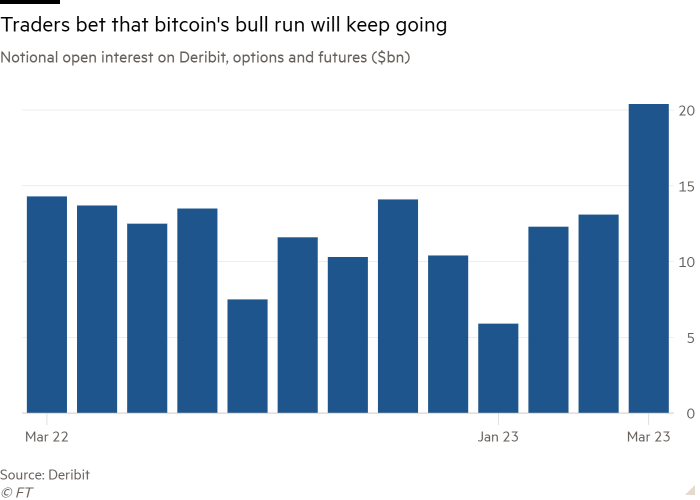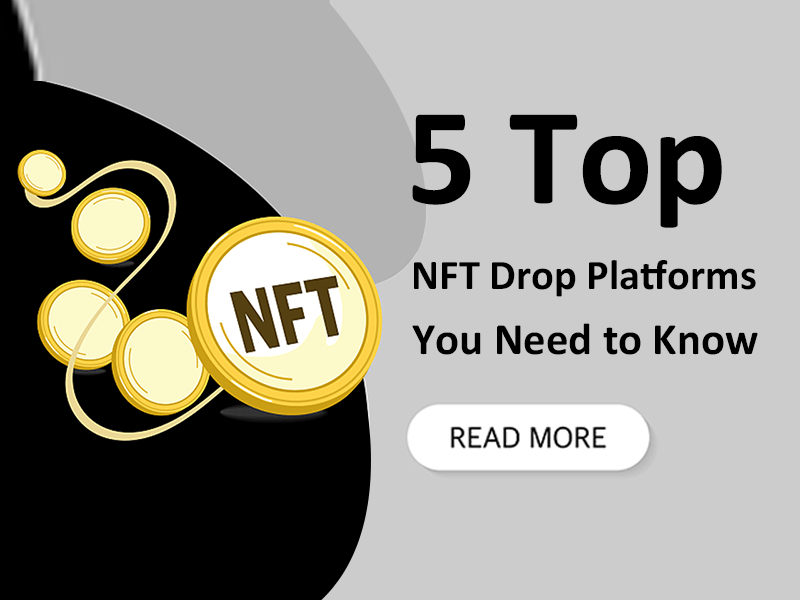Crypto Adoption Accelerating – What Should CPAs Discuss With Clients?

LONDON, UNITED KINGDOM – DECEMBER 5: Blurred image of Christmas decorations and traffic in Regent … [+]
The latest news that Coinbase and Blackrock – the largest asset manager in the world – are establishing a partnership that will give institutional clients easier access to crypto investments is the latest sign of a fundamental shift in the crypto asset sector. Simply put, as crypto continues to mature, expand and develop more comprehensive solutions, it seems increasingly likely that institutions – and not necessarily individuals – will play the lead role during this crypto winter. As controversial as it may seem to some crypto purists, or bitcoin maximalists, market evidence continues to point in that direction, and not just because of this recent announcement.
Stablecoins, a leading subset of cryptoassets that have rapidly evolved from a cryptoasset that some considered boring or mundane, tend to have two distinct characteristics. First, the vast majority of stablecoin transactions take place using a handful of coins issued by centralized market participants. These include both USDC
With major existing payment processors and financial institutions of all stripes, and worldwide, using stablecoins as an on-ramp to better integrate crypto into their business – not to mention the growing research and investment in central bank digital currencies (CBDCs), it’s going to be many opportunities for advisers during the coming year. Let’s take a look at some of the topics advisors should raise with clients if/when they begin/continue to integrate crypto into their operations.
What type of crypto. Crypto is a broad term that has only broadened over the past few years as the proliferation of crypto products has continued to expand rapidly. One of the most important considerations to discuss, both internally and in an advisory capacity, is which specific crypto will be part of the organization’s strategy going forward? Will it simply be bitcoin, or will stablecoins play a role? Based on that, what steps will be taken to ensure that these crypto payments are able to interoperate with existing financial and financial software?
Each cryptoasset is different, runs on a different underlying protocol, and comes with a variety of risks and opportunities unique to that specific cryptoasset. In the excitement and (potential) rush to get more involved in crypto, one aspect that can be overlooked is a thorough analysis of what kind of crypto works best with the strategy of the firm.
Crypto is a tool, not a cure for poor performance, and should be treated as such in the organizational planning process.
How will crypto be integrated. Once the type of crypto is determined, the next step is to figure out the details of how this crypto will be utilized in the firm. Options include, but are not limited to, 1) simply processing crypto transactions received from external clients, 2) holding crypto in reserve to assist clients in some sort of market-maker function, or 3) actively allocating assets to crypto as a diversification or hedging strategy. Each of these options has considerations that can be easily overlooked, but are critical to the successful introduction of crypto into the organization.
For example, if the entity only processes payments on behalf of customers, there must be a defined (and followed) process for conducting due diligence on potential third-party partners. If the organization instead seeks a more active role for crypto, the options for custody of crypto assets must be considered. Will the entity self-storage, enter into a joint venture with a crypto-native organization, or outsource the entire process? Each of these also brings advantages and disadvantages in terms of cost and operational complexity.
Starting to accept bitcoin and crypto from customers, on the front-end, is a relatively easy part; back-end security and integration is where slip ups can – and do – occur.
Insurance and control updates. Discussing insurance and internal control updates may seem to be the complete opposite of the excitement that cryptoassets tend to generate, but is equally important to the successful integration of crypto into an organization. A specific point that can be overlooked is how the integration of crypto assets into the organization will change the risk profile of the organization in question. Given the continued regulatory uncertainty surrounding crypto in general, and particularly with the deluge of proposed legislation that has been advanced in 2022 alone, this is not an idle concern.
In addition, and as with any new technology or application, there will be necessary changes to existing workflows and processes in the organisation. However, as these processes change, it will also be necessary to update the internal controls that exist within the organization. Simply hoping for a plug-and-play solution, or that the integration of crypto will not fundamentally change every process it touches, is not a viable strategy.
Having conversations about controls and insurance up front is perhaps the most often overlooked, yet important part of crypto integration.
With institutions of all sizes and types continuing to bring in crypto assets at an accelerating rate, there are real opportunities for advisors to play a strategic role in the success of continued crypto adoption. Crypto winters tend to lead to a refocusing of efforts around enterprise adoption and building new applications; this crypto winter is proving to be no exception to this trend. When this adoption occurs, however, it is important for advisors to communicate closely with clients about both opportunities and risks, both of which provide an opportunity for proactive and motivated advisors.

























